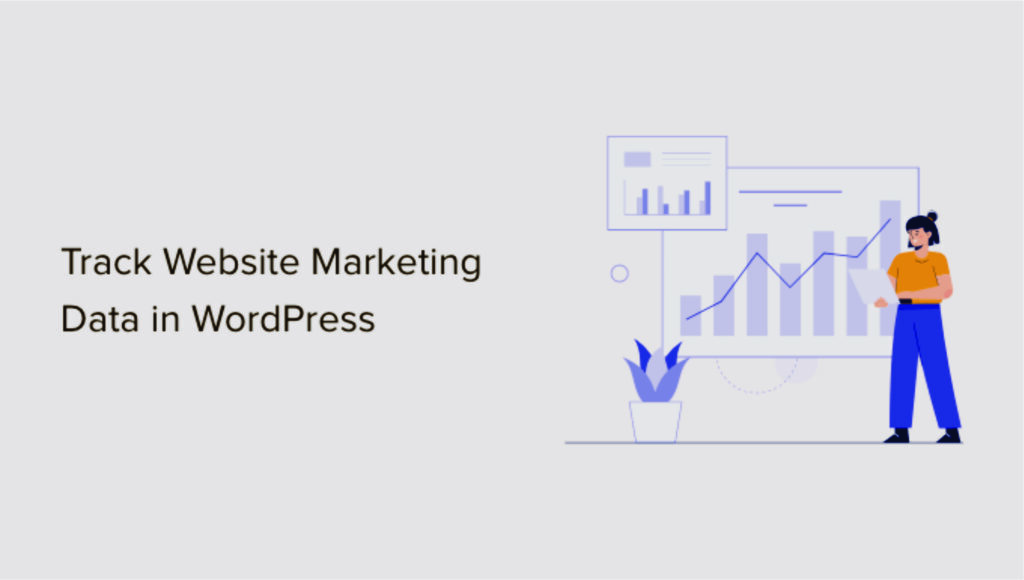
Are you confused about the marketing metrics your WordPress website needs to track?
The majority of small business owners base crucial marketing choices after building a website on their best assumptions. It greatly increases risk while also noticeably slowing growth.
To help you build your business, we’ll offer the top website marketing metrics you need to monitor on every WordPress site in this tutorial.
Why Is It Necessary to Track Marketing Data in WordPress?
If you know exactly how visitors find and use your website, we think it’s simple to increase both your traffic and your purchases. The majority of business owners are unaware of how simple it is to track crucial marketing analytics on a WordPress website.
For instance, you can learn about your users’ demographics, origin, and behaviour on your website with only a few clicks. You can find out which of your articles receives more traffic and which of your website’s pages receives no visitors.
You may check your website’s conversion rate, the page that generates the most sales, your top referral sources, and more if you operate an online store.
With the help of all this marketing information, you can effectively expand your firm and make wise business decisions.
After that, let’s look at the main website marketing statistics that you need to monitor for any WordPress website.
1. Setup WordPress to use Google Analytics
Google Analytics is the ideal tool for tracking marketing data on WordPress websites. Because it offers a wealth of information, it is the most well-liked website analytics program in the world and is liked by companies, bloggers, and marketers.
For example, you can use Google Analytics to learn:
- The number of website visits and pageviews
- Who goes to your website? (visitor location, browser, operating system, screen size, and more)
- what led them to your website
- User behaviour on your website
- And a whole lot more
Google Analytics is a crucial tool for our company. But, adding a tracking code to your website necessitates changing the code. For beginners, this can be difficult, and even a small error might cause tracking issues.
Using MonsterInsights is a simpler method of configuring Google Analytics. The best WordPress Analytics plugin, it enables you to set up sophisticated tracking in WordPress without having to change the code.
2. Use Google Analytics to track external links
An outbound link is any link that directs visitors away from your website. Outbound connections are also referred to as affiliate links if you employ affiliate marketing to monetize your website.
You can use the information from tracking these outbound links to develop better connections with the websites you are sending visitors to.
As a blogger, you can see which affiliate links are being clicked on by your visitors more frequently. You can increase your referral revenue and develop an effective affiliate marketing strategy with the aid of this knowledge.
Using MonsterInsights is the simplest way to track affiliate links in WordPress. On your website, it automatically tracks affiliate links and outbound links.

3. Using Google Analytics to Monitor Ecommerce More Effectively
You must enable advanced eCommerce monitoring in Google Analytics if you operate an online store. You could then monitor the following customer data on your online store
- Shopping habits of your clients
- Performance of product listings and tracking of checkout behavior and abandoned cart information
- Identify the best conversion sources
- sales results
It can be challenging to set up improved eCommerce tracking on your WordPress store. But, MonsterInsights makes it simple for you because configuration literally only requires a few clicks without the need for scripting.
It integrates perfectly with some of the top WordPress eCommerce plugins, including WooCommerce, Easy Digital Downloads, LifterLMS, MemberPress, and others.
The fact that eCommerce reports are available in your dashboard is the nicest aspect. It provides a quick overview of your online store’s performance, including which products are selling the best, where your consumers are coming from, and more.
Also Read: 5 Tips to Making Your Website Social Media Friendly
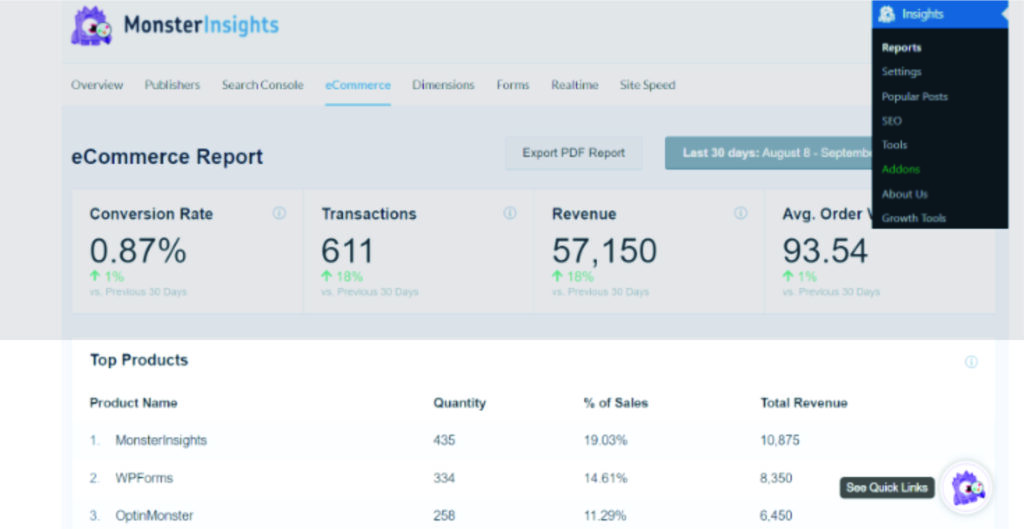
4. Use Google Analytics to Track User Engagement Data
Your website’s user engagement reveals what visitors do after they get there. It aids in the discovery of trends in highly engaged user behaviour that increase sales and conversions.
You might discover, for instance, that visitors who visit a particular page are 10 times more likely to make a purchase. After that, you may make use of this information to direct more visitors to that page or to create a similar environment on other web pages.
In essence, you will be collecting information on user behaviour on your website. For example:
- Monitoring the performance of your most popular content
- Tracking of form submissions
- Tracking e-commerce
- Ad tracking helps learn how visitors engage with your website’s advertisements
- Observing active users
- The length of time visitors spend on your website
5. Use UTM codes to track links in campaigns
Google Analytics does a great job of tracking the sources of traffic to your website. Even better, it can classify your traffic according to where it came from, including organic search, organic social, referral, email, and more.
Yet, you require thorough campaign tracking when you run paid advertising campaigns, email marketing campaigns, or social media promotions.
UTM tracking can be used in this situation.
With campaign-level tracking, you can identify the precise email, advertisement, or call-to-action link that drove the most visitors or sales to your website.
A free campaign URL generator is provided by MonsterInsights to make it simple for you to create UTM links so you can obtain more thorough reports. To establish a custom URL, you can specify custom campaign criteria such as the source, media, campaign name, and more.
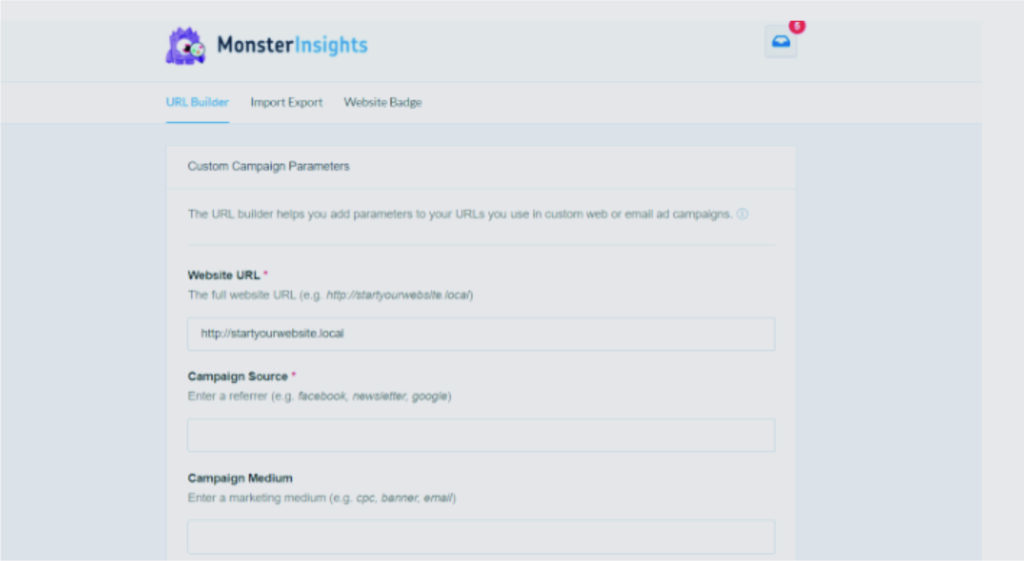
The native analytics parameters supplied in these tags are recorded by Google Analytics and appear in your reports. The effectiveness of your advertisements can then be determined by precisely identifying which link people visited.
6. Monitor and enhance Facebook retargeting efforts
Did you know that Facebook enables you to show relevant advertising to those who have already visited your website? It is known as retargeting, yes.
Everybody who visits your website will see targeted adverts if a Facebook pixel is installed. Nevertheless, if you install the Facebook retargeting pixel today, you’ll be limited to showing your advertising to visitors who came after today.
Installing the retargeting pixel is advised even if you are not currently running a Facebook advertising campaign since it will provide you with an audience already in place when you are ready to launch one.
7. Monitoring Google AdSense campaigns
If you use Google AdSense to run pay-per-click (PPC) campaigns, you can quickly examine how your ads are performing in the AdSense dashboard. These statistics, however, only provide information on how users respond to your advertisements, not what they do afterwards.
You’ll need Google Analytics for that, which already integrates with your AdSense account. With the help of this integration, you can quickly monitor the success of your purchased traffic.
Also Read: Beginner’s Guide on How to Install Google Analytics in WordPress
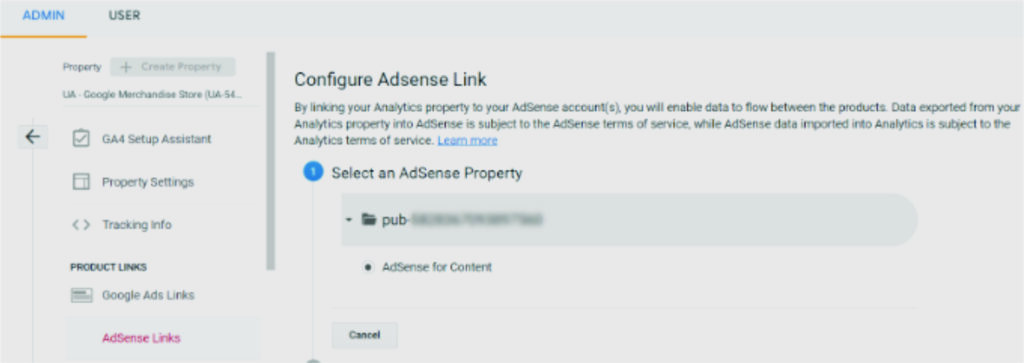
8. Use Google Search Console to monitor your website
A collection of free tools called Google Search Console are provided by Google to publishers so they can observe how the search engine perceives their website.
It offers a wealth of extremely useful data, including how your pages rank for certain keywords (more on this later), the general performance of your site in search engines, and any faults the Google crawler discovered on your website.
You may increase the search engine exposure of your website by keeping an eye on Google Search Console.
This is an example of a report that details issues that happen when a user accesses the website from a mobile device. Without Google Search Console, it will be quite challenging to identify and promptly fix such problems.
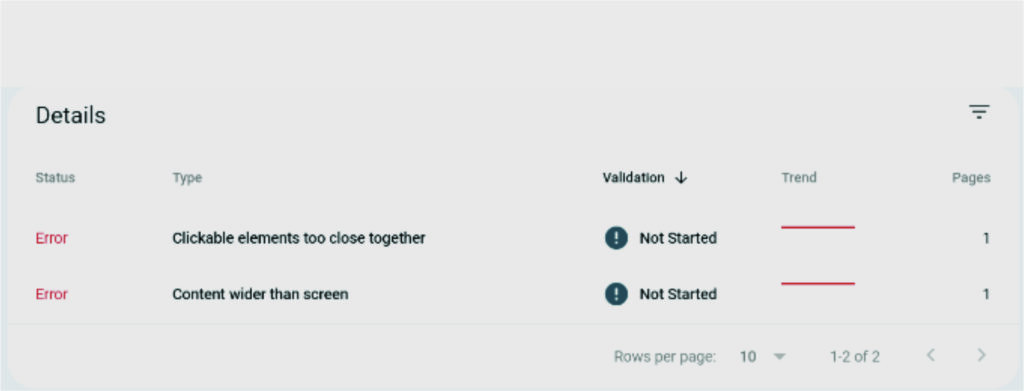
9. Monitor Your Keyword Rankings
The words and phrases people use in search engines to find what they’re looking for are known as keywords. Knowing precisely which keywords are driving the most traffic to your website can help you concentrate on what is working and increase your search engine traffic.
Beginners typically manually enter keywords into Google to check the position of their website. This is really ineffective because your website would be missing out on thousands of keywords where it could rank well.
A free tool called Google Search Console gives you useful keyword information along with the average position. You may view search impressions, average clickthrough rates, and top-ranking search phrases.
You may access the Search Console report in your WordPress dashboard if you’re using MonsterInsights.
Also Read: 4 Methods of effective Internet marketing
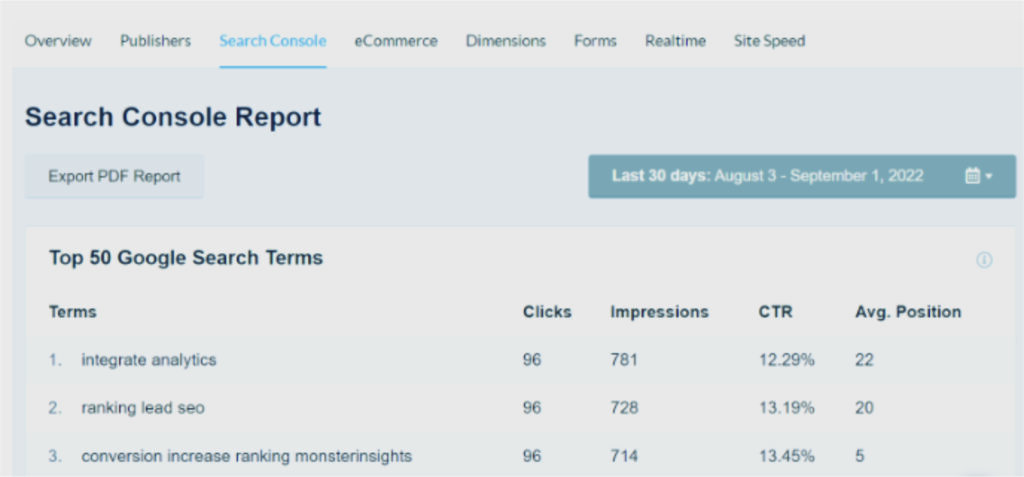
You can only get the keyword data for your own site, though. You’ll need SEMRush if you wish to research your competitors. With the help of this very potent SEO tool, you can view comprehensive keyword information for any website.
10. Monitor the performance and growth of your email list
The majority of well-known email marketing systems offer trackable analytics and insights. These reports include helpful information, including as open rates, click-through rates, unsubscribe rates, and more.
With your Google Analytics 4 reports, under Acquisition >> Traffic acquisition, you can also view the traffic that comes from your email campaigns to your website.
From this point, you can examine how well the traffic from your email newsletter converts and what you can do to make it better.
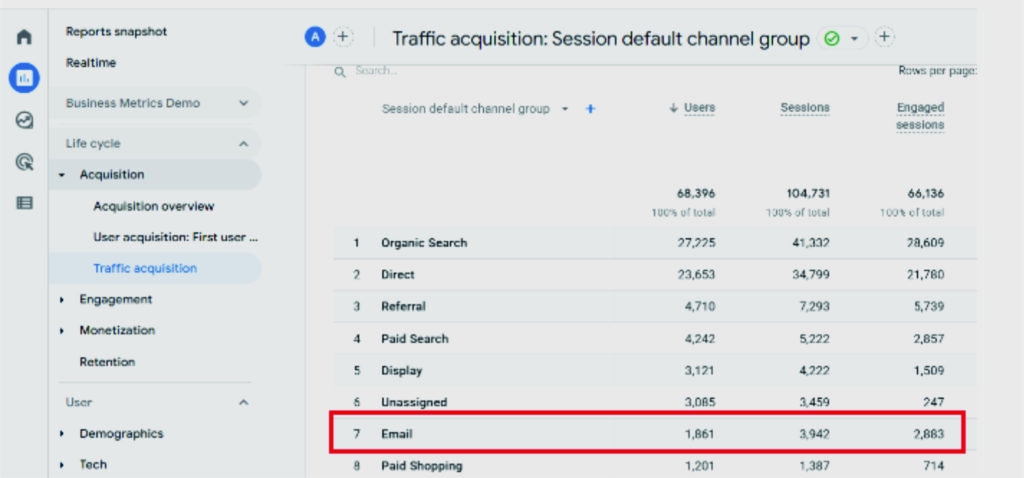
You may expand your email list by tracking data from email marketing. To increase subscribers, you can design new email forms, alter form positions, and employ popup windows.
Although there are undoubtedly additional marketing indicators you can monitor, we think these are the most important ones that every business owner needs to monitor on their WordPress website.